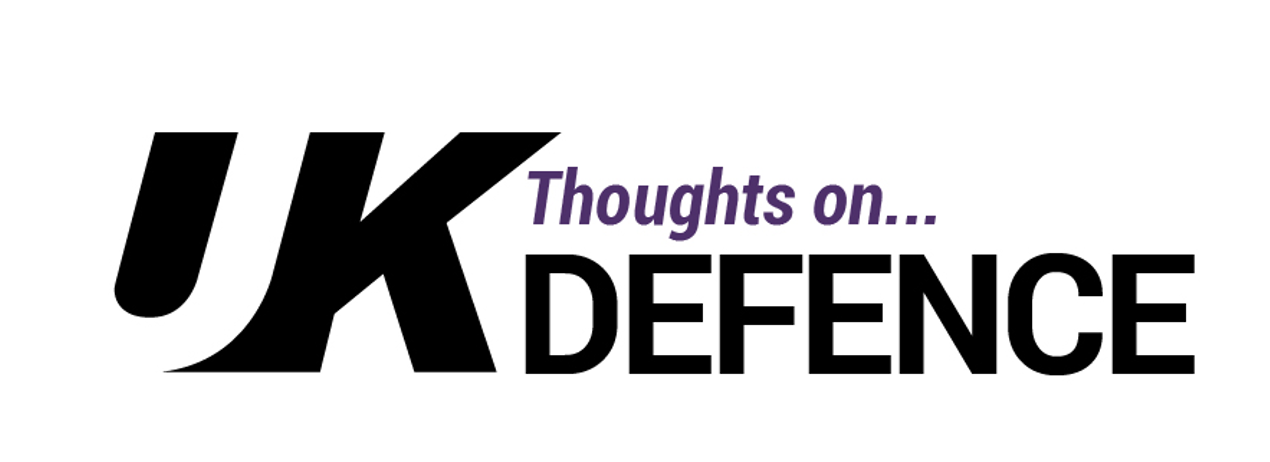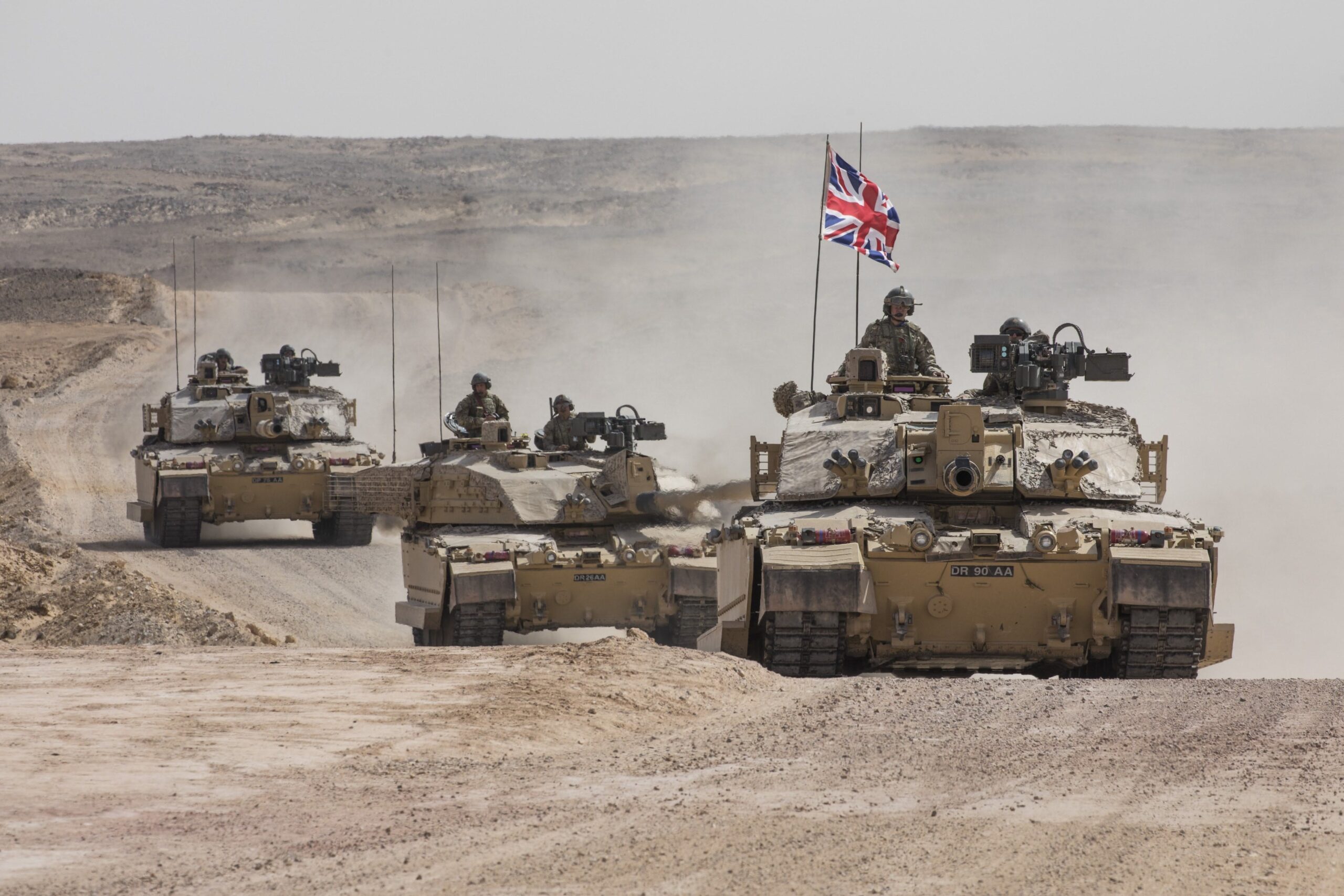The Secretary of State for Defence, Ben Wallace (Conservative MP for Wyre and Preston North), has recently released his department’s 2019 Equipment Plan. Its purpose is to detail the MOD’s spending plans for the next ten years and assess whether its equipment and support programmes are affordable. Wallace claims that, as at April 2019, the shortfall between available spending and expected costs for the ten-year period of the report reduced to £2.9 billion or 1.6% of budget, a reduction of £4.1 billion on the previous year’s figure. However, the document also recognises a risk to long-term affordability, with forecast costs £5.8 billion over the available budget for the four years from 2019/20. It is clear that Defence is still struggling with its Equipment Plan.
Reaction to the Equipment Plan
In its subsequent review, the National Audit Office (NAO) concluded that the MOD’s Equipment Plan is unaffordable and its central estimate of the funding shortfall is still likely to be understated. This is evidenced by the MOD’s assessment that as much as £13.0 billion, or 7% of the budget over this period, of additional funding would be needed if all of its identified risks materialise. The NAO also confirmed that the department continues to face significant funding shortfalls over the next five years and is locked into a cycle of responding to short-term financial pressures.
The media’s reaction to the plan was predictable. Both the Financial Times, the Guardian were critical of the MOD’s financial management practises and also questioned the impact the plan might have on the forthcoming Integrated Review. Political reaction was similar, with Meg Hillier (Labour MP for Hackney South and Shoreditch), chair of the House of Commons Public Accounts Committee, demanding that the MOD develop an affordable long-term plan and Tobias Ellwood (Conservative MP for Bournemouth East), chair of the House of Commons Defence Committee, suggesting that Britain needs to spend more than the NATO benchmark of 2% of gross domestic product on defence.
However, unless the MOD addresses some of the basic fundamentals of its approach to capability management, nothing will change. Defence will always struggle with its Equipment Plan.
Changes in the MOD’s approach to Capability Management
In the first instance, the MOD should change the name of the Defence Equipment Plan to the Defence Capability Plan. At first glance, this may just seem to be semantics. But it’s not. Names matter and the current title focuses on just one of the eight lines of development necessary to deliver capability. The Defence Operating Model defines capability as “the combination of equipment, trained personnel and support that gives the armed forces the capacity to achieve the tasks they are given.” In fact, all eight defence lines of development (training, equipment, personnel, information, doctrine & concepts, organisation, infrastructure, and logistics) need to be catered for.
The continued fixation with equipment is politically driven – after all, as an anonymous 2* capability director observed “no politician wants to be photographed in front of a server!” The result is that defence has too much ‘kit’ that cannot be sustained, which is the definition of a ‘hollow force’ that both the Secretary of State and the Chief of the Defence Staff have recently warned against. This perennial problem is a throwback from the Cold War where, to quote former Chief of the General Staff Lord Dannatt, “everything had been in the shop window, with little stock put behind in the storeroom.”
Changes in the MOD’s approach to Risk Management
Secondly, the MOD must revisit its approach to risk management within acquisition and support. Instead of actively managing risk, including spending hard cash on mitigation measures, the defence default is to collate risks in a bespoke software application and then admire them. A good rule of thumb in project management is to maintain a contingency fund of up to 10% of total project costs. That money should then be used to buy out risk, whenever possible through investing in mitigation activity in advance. It is not there to be thrown at the problem when a risk actually materialises. By simply following standard risk management techniques, the MOD could buy out a significant element of its projected £13.0 billion ‘worst case’ risk bill.
Increased Accounting Freedoms
Finally, the MOD must be given more accounting freedom to stop it becoming fixed on the short-term requirement of living within its annual budget. As @onUKDefence has highlighted in another post, a good example to follow may be the Australian government’s commitment to long-term funding certainty through its policy of providing a ten-year funding model for defence. Whether or not the Australian example is tolerable, more flexibility to veer and haul over more than one year of the budget cycle is essential to avoid poor investment decisions being forced upon defence planners.
Examples such as the decision to defer project expenditure on Protector, which resulted in an additional £27 million in acquisition costs plus a further £50 million to retain existing capability, just add to the problem. The UK government will spend almost £850 billion in this financial year, which includes monthly borrowing in excess of £10 billion. Somewhere in there must be the capacity to accommodate unforeseen, short-term defence expenditure. If not, Defence will always struggle with its Equipment Plan.






